Aging Population
The demographic shift towards an aging population is poised to impact The Global Parenteral Nutrition Industry substantially. Older adults frequently experience malnutrition due to various factors, including decreased appetite and underlying health conditions. It is estimated that nearly 30% of elderly individuals in healthcare settings are malnourished, which underscores the necessity for effective nutritional support. As the global population aged 65 and over continues to expand, the demand for parenteral nutrition products is likely to increase, prompting healthcare systems to adapt their nutritional strategies to meet the needs of this vulnerable demographic.
Expansion of Home Healthcare Services
The expansion of home healthcare services is emerging as a crucial driver for The Global Parenteral Nutrition Industry. As more patients prefer receiving care in the comfort of their homes, the demand for home-based parenteral nutrition solutions is on the rise. Recent statistics indicate that the home healthcare market is projected to grow at a compound annual growth rate of over 7% in the coming years. This shift not only reflects changing patient preferences but also highlights the need for convenient and effective nutritional support options, thereby creating new opportunities for market players to develop and supply parenteral nutrition products tailored for home use.
Rising Awareness of Nutritional Support
There is a growing awareness among healthcare professionals and patients regarding the importance of nutritional support in clinical settings, which is influencing The Global Parenteral Nutrition Industry. Educational initiatives and research highlighting the benefits of parenteral nutrition in improving recovery times and overall health outcomes are becoming more widespread. This increased awareness is likely to drive demand, as healthcare providers are more inclined to implement parenteral nutrition protocols for patients who cannot meet their nutritional needs through oral intake. Consequently, this trend may lead to a more significant market presence for parenteral nutrition products.
Advancements in Nutritional Formulations
Innovations in nutritional formulations are driving growth within The Global Parenteral Nutrition Industry. The development of specialized products that cater to specific patient needs, such as those with metabolic disorders or renal insufficiencies, is becoming increasingly prevalent. Recent advancements have led to the introduction of new amino acid solutions and lipid emulsions that enhance the efficacy of parenteral nutrition. This evolution in product offerings not only improves patient outcomes but also expands the market by attracting healthcare providers seeking the latest solutions for their patients' nutritional requirements.
Increasing Prevalence of Chronic Diseases
The rising incidence of chronic diseases such as diabetes, cancer, and gastrointestinal disorders is a primary driver for The Global Parenteral Nutrition Industry. As these conditions often necessitate specialized nutritional support, the demand for parenteral nutrition solutions is expected to grow. According to recent data, approximately 60% of hospital patients require some form of nutritional intervention, with parenteral nutrition being a critical component for those unable to consume food orally. This trend indicates a significant market opportunity, as healthcare providers increasingly recognize the importance of tailored nutritional therapies in managing chronic illnesses.


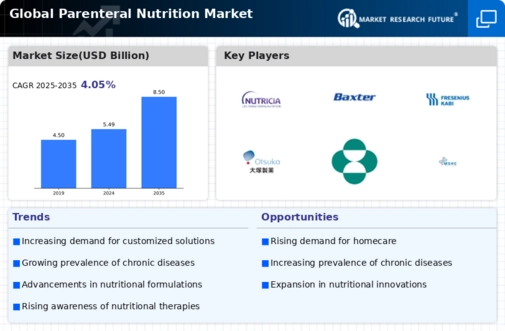
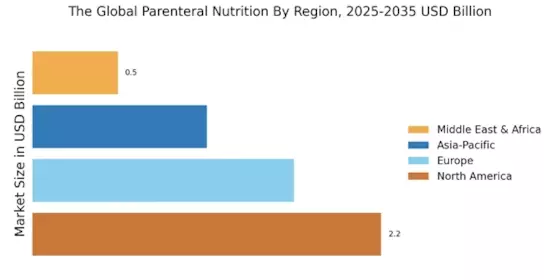

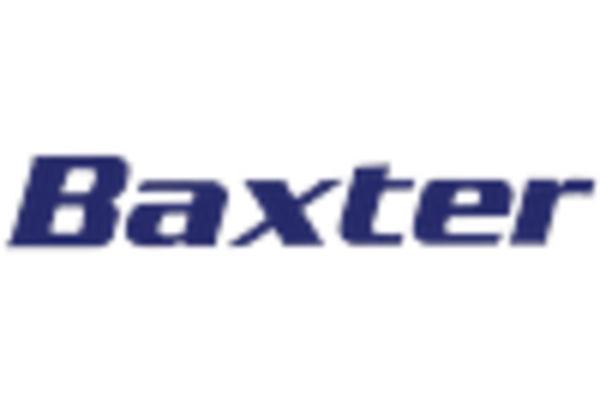
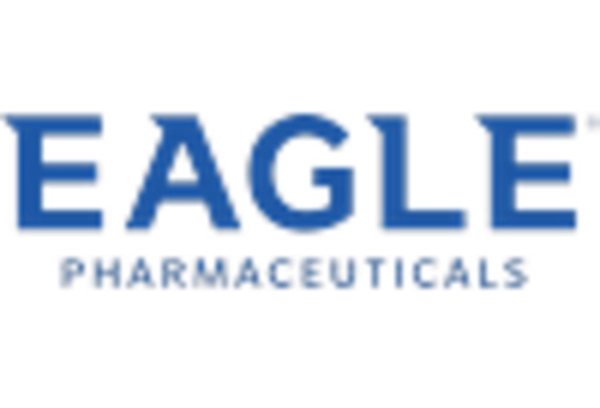
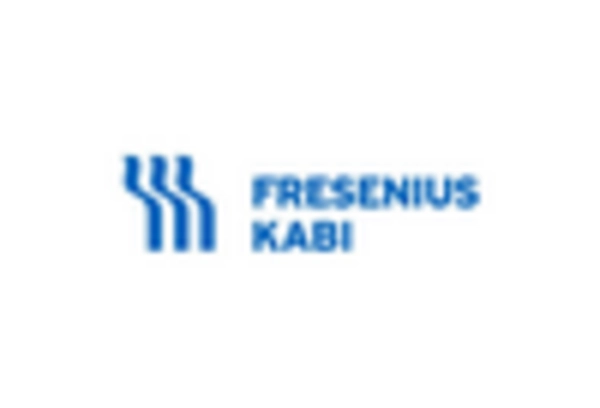
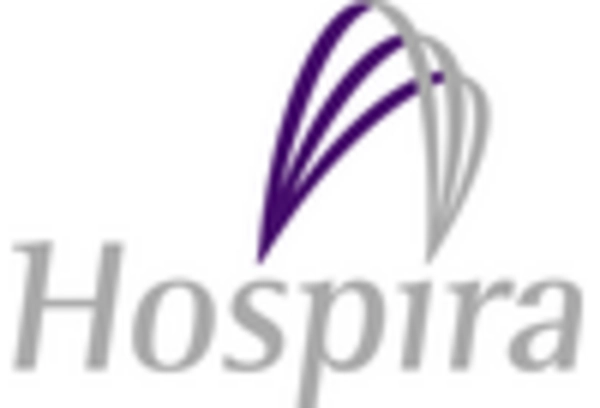
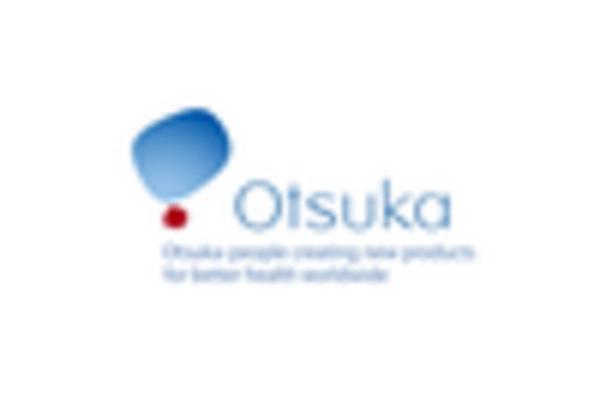








Leave a Comment